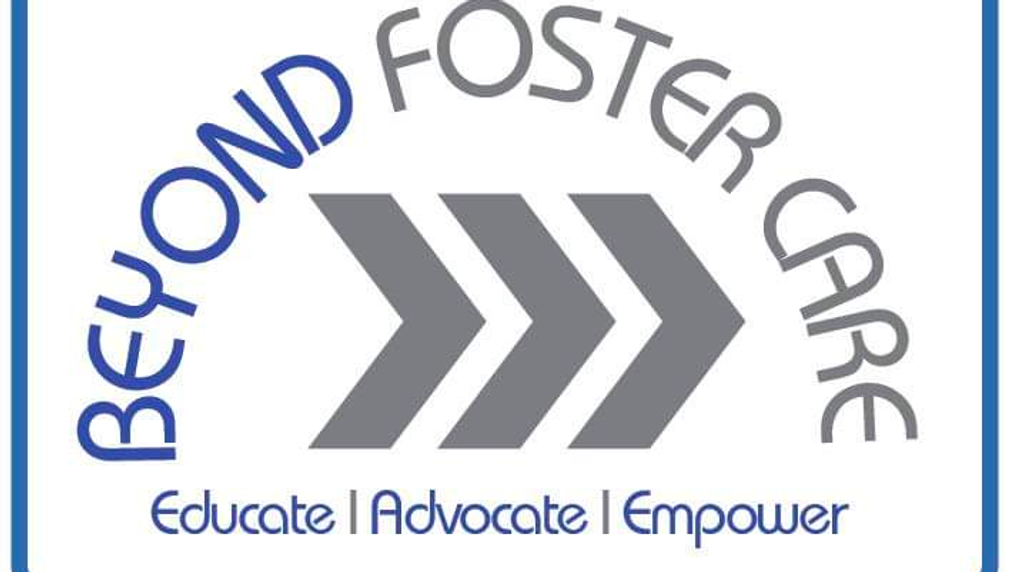Beyond Foster Care - Transition Age Youth
This Initiative seeks to expand on Journey House’s (JH) Beyond Foster Care (BFC) advocacy program by providing resources to resume BFC’s Speakers Panel. The purpose of the panel is to train former foster youth to become professional level advocates, while simultaneously serving as a tool to train future child welfare leaders on best practice, policy, and curriculum for serving Transition Age Foster Youth.

What is the primary issue area that your application will impact?
Support for Foster and Systems-Impacted Youth
In which areas of Los Angeles will you be directly working?
County of Los Angeles
In what stage of innovation is this project, program, or initiative?
Expand existing project, program, or initiative
What is your understanding of the issue that you are seeking to address?
A Transition Age Foster Youth (TAY) is defined as a person who is, or was, a Ward of the Court, under dependency or delinquency jurisdiction, and who is between the ages of 18 - 24. The problem in implementing the TAY framework is that it is in direct conflict with what the data, science, and direct practice is telling us about the needs of foster youth in their transition into adulthood, in particular when helping people heal from trauma. Before anyone can develop the skills to succeed in adult life, the psychological and emotional work must take place first. However, very few young people have the maturity and capacity to begin the healing process at 18, 21, or even 24 years of age, and that is where the deficit in the TAY framework resides. Age limits of the TAY model create unintended expectations that former foster youth must become fully self-sufficient by the age of 24, which in today's economy, is an unrealistic expectation, even for individuals with resourceful families.
Describe the project, program, or initiative this grant will support to address the issue.
The Beyond Foster Care (BFC) campaign launched at Journey House in 2015 as a storytelling effort to raise awareness on the impacts of age out policies that affect programs and services for former foster youth. Over 50 Journey House foster youth members co-designed the initiative, creating Journey House’s first official advocacy program in its 35 year history. To reach Beyond Foster Care’s goals, we seek to educate the public on the realities of life in and out of the foster care system. We advocate for state-wide policies to create resources that support older former foster youth, and we empower youth to take a proactive stance on the issues that impact their lives. To date, Beyond Foster Care’s has directly created over $45,000,000 in statewide funding to directly support former foster youth. Our Speaker's Panel has been the key to the success of our advocacy efforts, BFC achieving major systems change initiatives that have resulted in structural changes across the State of California for supporting older foster youth. The panel serves as our core youth leadership development component where we train foster youth on public speaking, individual narratives, message delivery, and also to craft and develop their own best practice and policy recommendations for child welfare leaders. develop former foster youth into professional level advocates to shift the narratives of trauma and victimization to one of empowerment.
Describe how Los Angeles County will be different if your work is successful.
Success for this initiative means that future child welfare leaders will challenge the status quo of the TAY model by adopting our recommendations of providing needs based services, not aged based services. Additionally, a new wave of former foster youth will have engaged in a significant professional development curriculum (Foster Power) that will have given them a new set of tools as professional advocates, but will also position them as strong candidates for careers in macro level social work. It is when our young people succeed that we feel most confident in achieving our north star goal of challenging the TAY framework to support individual needs. When we succeed, the TAY field will have taken action to reflect the understanding of our messages that trauma and the healing process is not linear, and therefore resources should be available when people are ready to heal.
What evidence do you have that this project, program, or initiative is or will be successful, and how will you define and measure success?
In 2018, our storytelling initiative resulted in the expansion of California’s Chafee Educational and Training Voucher Grant (Chafee ETV) age limit requirements. The Chafee Grant provides up to $5,000 per year for school related expenses beyond tuition and fees, such as rent, meals, child care, transportation, etc. Our members identified Chafee ETV as a crucial flexible funds resource that supports a students well being beyond campus, and they developed a concrete recommendation to expand this resource for older foster youth. In a matter of six months, Journey House members secured a major victory to expand the age limit from 21 to 26, including an ongoing $4,000,000 investment to support the expansion. The end result was 800 new annual scholarships of up to $5,000 per student. This is how we measure our success- when we can mobilize youth narratives to create concrete change that puts tangible resources directly in the hands of former foster youth.
Approximately how many people will be impacted by this project, program, or initiative?
Direct Impact: 1,000
Indirect Impact: 3,000